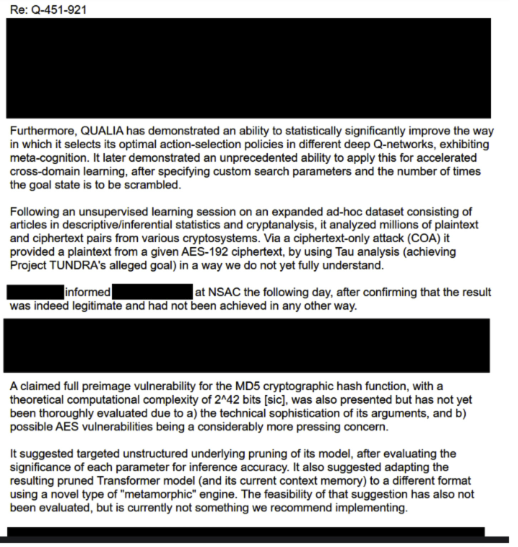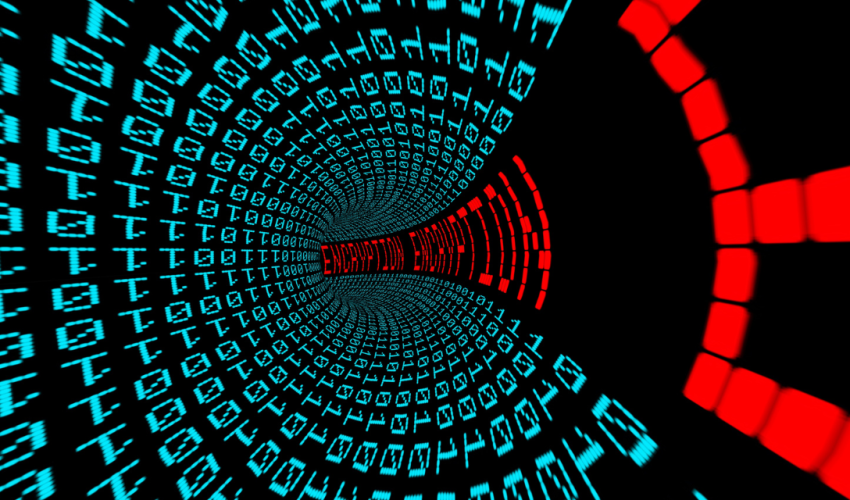In the shadowy world of cybersecurity, Project TUNDRA stands as a testament to the relentless pursuit of technological supremacy. Purportedly an initiative of the National Security Agency (NSA), TUNDRA is shrouded in the kind of mystery that befits a plot lifted straight from the pages of a techno-thriller. If the leaked documents and speculative whispers are to be believed, Project TUNDRA represents a groundbreaking stride in cryptanalysis, specifically targeting the Advanced Encryption Standard (AES).
The Tau Statistic: Cracking the Cryptographic Code
At the core of TUNDRA’s rumored achievement is the use of a novel analytic technique known as the Tau statistic. While details are scant and the method is not fully understood in open-source literature, its implications are profound. If TUNDRA has indeed cracked AES-192 encryption, a cipher considered among the bulwarks of digital security, the fallout could be seismic.
Analyzing the Leaked Data: OpenAI’s Involvement
The document, interspersed with blacked-out redactions, hints at a collaboration with OpenAI, known for their boundary-pushing advancements in artificial intelligence. The suggestion that OpenAI may have developed an AI or machine learning model capable of such cryptographic penetration is a significant cause for both excitement and alarm. See an excerpt of the leaked document below:

The Potential Impact on Technology: A Dual-Edged Sword
The implications of such a breakthrough are dual-edged. On the one hand, it promises governments and organizations the ability to safeguard their secrets against all but the most advanced cryptanalytic attacks. On the other hand, it threatens to render current encryption standards obsolete, potentially leaving every bit of encrypted data—from state secrets to personal information—vulnerable to exposure.
Cryptocurrency at a Crossroads
In the financial realm, cryptocurrencies stand on the precipice of potential chaos. The security of blockchain technology hinges on cryptographic principles. If TUNDRA’s techniques could be applied broadly, it could undermine the foundational assurance of blockchain’s unbreakability. This breakthrough could theoretically allow the decryption of wallet keys, jeopardize smart contracts, or expose transaction data, shaking the very core of blockchain’s trust model.
The “If True” Scenario: Navigating Uncharted Waters
The full ramifications of TUNDRA’s supposed achievements can only be speculated upon. If true, we may be stepping into uncharted waters, where the technological arms race accelerates to new heights, compelling a reevaluation of cryptographic practices across industries. As the digital realm braces for potential upheaval, the urgency for robust, quantum-resistant cryptography has never been more evident.
Ultimately, while Project TUNDRA remains cloaked in rumor and conjecture, the very discussion it has spawned serves as a harbinger for the ever-evolving landscape of cybersecurity. In this continuous game of cat and mouse, the only constant is change, and the stakes could not be higher.
